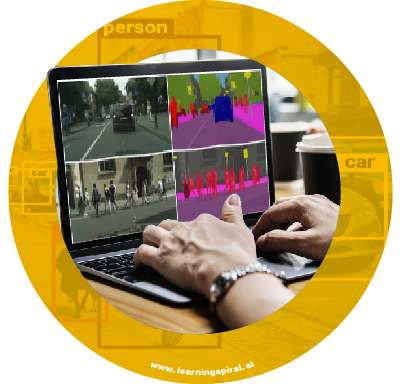Machine learning, aka ML models, is increasingly impacting our lives, from increasing security aspects to helping simplify complicated portions in many sections. However, these models are only as good as the data they’re trained on. Unfortunately, biased data can lead to biased models, boosting societal inequalities and errors.
Resolving this issue requires thoughtful annotation practices during data preparation, playing a crucial role in mitigating data bias and building fair and robust ML models.
To do that, first, we need to get a clear idea of the kind of biases present in the annotation world.

Understanding Data Bias:
Data bias stems from various sources, including:
- Sampling bias: When data collection disproportionately represents certain groups, excluding others. Such as analyzing tweets from a certain group of keywords or hashtags, leaving various sectors and hence creating an incomplete picture.
- Measurement bias: Inherent biases in data collection methods, like underestimating criminal activity in wealthier neighborhoods lead to measurement bias. An example would be relying solely on reported crimes, which may lead to failure in capturing unreported instances, affecting the perceived crime rate in certain areas.
- Labeling bias: Subconscious prejudices of human annotators influencing their labeling decisions. For example, an algorithm trained on biased loan application data might unfairly reject qualified borrowers from marginalized communities.
Fighting Bias Through Annotation:
Here are some key practices to mitigate data bias through thoughtful annotation:
1. Diverse Annotation Teams:
Assemble diverse teams of annotators representing various demographics, backgrounds, and perspectives. This helps identify and challenge potential biases embedded in the data.
2. Standardized Guidelines:
Develop clear and detailed annotation guidelines that explicitly address potential biases. Define objective criteria for labeling and provide examples to ensure consistency across annotators.
3. Blind Annotation:
Mask irrelevant information, such as names or locations, during annotation to reduce the influence of implicit biases. Focus solely on relevant features for objective labeling.
4. Active Learning and Bias Detection:
Utilize active learning techniques to identify data points with a high potential for bias and prioritize their annotation by diverse annotators. Employ bias detection tools to flag potentially biased labels for review and correction.
5. Continuous Monitoring and Evaluation:
Regularly monitor model performance for signs of bias, such as disparate impact on different groups. Analyze error patterns and refine annotation processes based on these findings.
Challenges and Limitations:
Mitigating data bias through annotation is an ongoing challenge. Biases can be subtle and multifaceted, making them difficult to fully eradicate. Additionally, diverse annotation teams can be expensive and time-consuming to assemble.
Conclusion
Mitigating data bias through annotation is just one step toward responsible AI development. Ensure all the steps taken and strategies adopted are followed through to the tee for smooth functioning and error-free outcomes.




